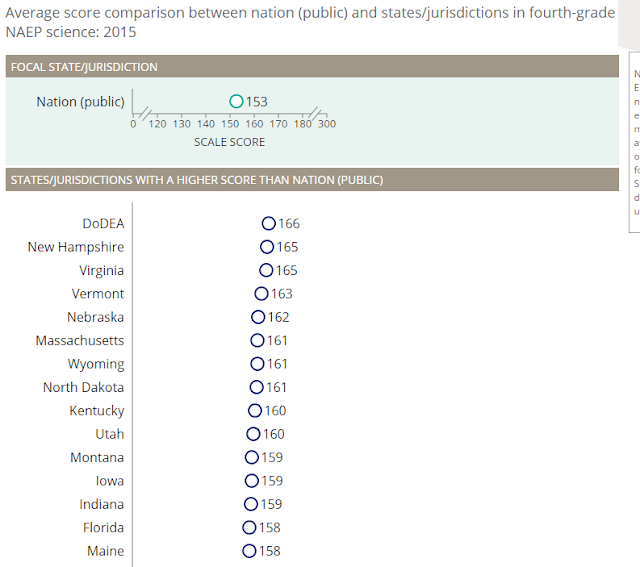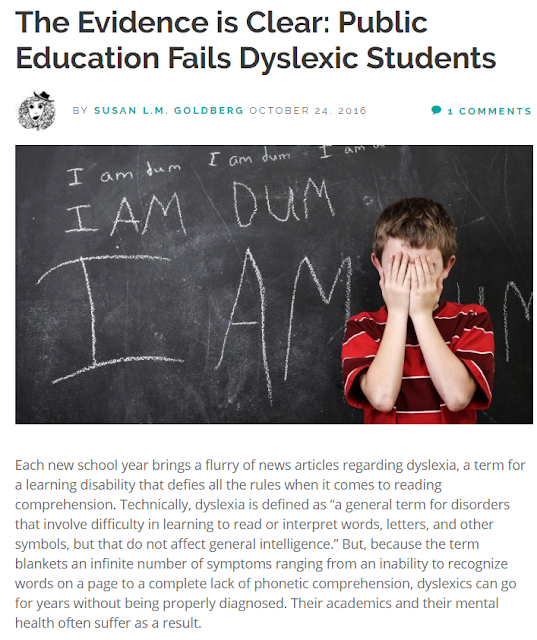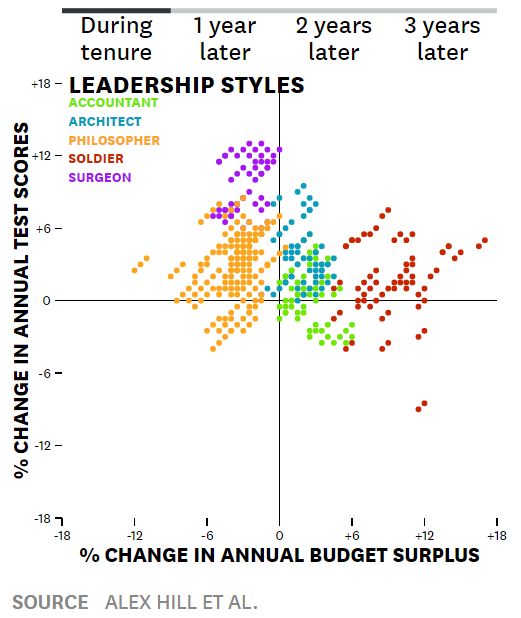The Long Road from Reading to Comprehension

I teach the second semester of General Chemistry at Georgetown and at the beginning of the course, I often tell the following to my students: "Last semester, you were introduced to a vast array of concepts and tools beginners in chemistry need to learn. By now, I hope you would be able to carry a conversation with a chemist and understand some of the language that chemists use. Chemical equations should now look similar to a sentence written in grade school level. This semester, it is time to see the fundamental concepts (the basic ideas and emotions) upon which chemistry is built. And I hope that after this semester, you will be able to see how things fit together and begin to see the world in the way chemists see it." I also share with my students a poem I wrote in my mother tongue: Makatang Dalita Mga titik sa harap ng aking mga mata, sukat na walang malay tulad ng mga bata, hanap ay pagsasama upang maging salita, anyo at damdamin nasa kamay ng makata. Ang ...












